Aug 10, 2019
Kochi City, Shikoku, lends itself to a Sunday mood
Gallery - Chikurin-ji Temple, Kochi, Japan
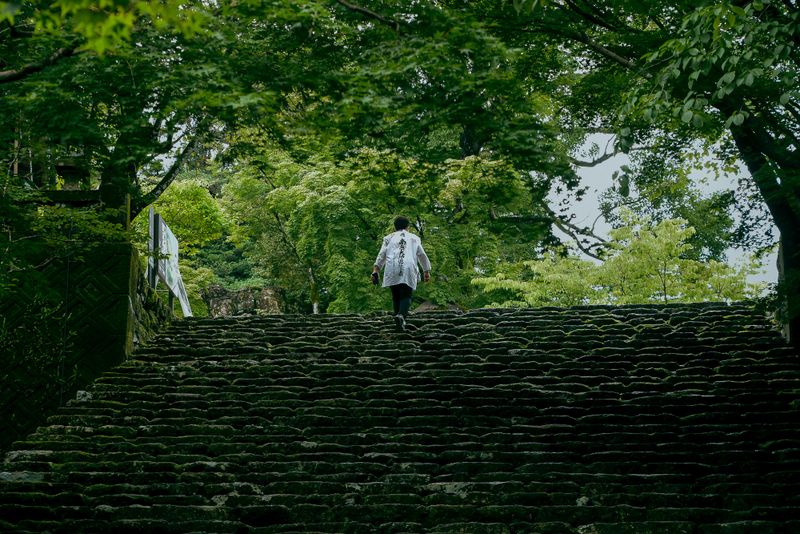
The City of Kochi, on the smallest of Japan’s main islands, Shikoku, lends itself to the relaxed mood of a Sunday. Maybe it was just the climate at the time of our visit -- the rainy season humidity complimenting the city’s day-time languid air and a look of fading tropics -- but Kochi sets a Sunday mood that makes a traveler want to move at a relaxed pace around some of the city’s attractions.
Passes for the My-Yu tourist bus service make for similarly easy exploration around Kochi and a lack of crowds, even on a Sunday (Kochi Prefecture ranks as the second lowest in Japan for tourist numbers), means the vibes are free of irritation.
We set out on our Sunday in Kochi from a hotel near the central Harimayabashi and headed for market …
8:00 - 10:00, Kochi’s Nichiyouichi (Sunday) Market
Kochi’s Nichiyouichi (Sunday) Market appears suited to the occasion, moving to the lazy rhythms of its namesake day of the week. At least it does on a sticky, damp morning during the height of Japan’s rainy season. Perhaps if we came on a snappy winter’s day, market vendors might be bouncing on their heels and extending their appeals. For now though, if you want market hustle, grizzled locals and their throaty calls to action, that’s Kochi City’s nearby Hirome Ichiba market.

As it is the largely aged crew of local farmers that forms the core of the equally aged Sunday Market -- the oldest outdoor market in Japan, according to the prefectural government’s English-language website (although the superlative is conspicuous by its absence on the Japanese version) -- seem quite content and stationary on their fold-out chairs, stirring only to rescue their stall’s taupaulin from the outer graze of a passing typhoon.
Kochi’s Sunday Market stalls (over 400 of them) stretch some 1,300 meters along the palm-lined Otesuji Avenue, from Kochi Castle’s Otemon Gate in the west stopping a block short of Harimaya Dori in the east. The stalls have been here in some form or other since 1690. Today they are testament to Kochi Prefecture’s reputation as horticultural country -- the prefecture being one of Japan’s top agricultural producers.
So it is that a walk through Kochi’s Sunday Market is to take in displays of yuzu (and yuzu infused condiments, snacks and drinks), the light yellow hues of buntan fruit, Kochi's signature sweet tomatoes, and the striking form of ryukyu, among other fruits of the rich, damp earth in these parts.
Closer to the castle and the fruit and veg gives way to the hardware. Mostly knives -- an impressive collection of local blades known as Tosa uchihamono. These foreign eyes are drawn to those designed for dealing with whale, their clinical sharpness at odds with the cute interpretations of the creature adorning the city's manhole covers.
We hot foot it (as much as is possible in the sticky weather) to the Kochi Tourist Information Center near Kochi Station to pick up a My-Yu Bus ticket -- Kochi City's tourist bus service. The driver of the next departure notices us in a hurry and tells us that he'll wait. They're a kind bunch here.
11:00 - 12:30, Katsurahama & Sakamoto Ryoma Memorial Museum
Katsurahama is one of Kochi's main boasts -- a stretch of course sand that started off as formidable boulders somewhere upstream of the Niyodo River. The sands front an inviting Pacific Ocean but swimming is forbidden due to strong currents, and so instead a pleasant walkway skirts the tree line leading to a tacky aquarium and further on to a small shrine perched atop the rocky headland.

(The beach at Katsuharama, Kochi, post-typhoon)
In all honesty, the beach at Katsurahama shouldn't be that much of boast as Kochi has much more to offer -- and if you look across the Urado Bay, the landscape quickly turns ugly industrial. Still, a giant statue of Sakamoto Ryoma, the 19th century reformer and son of Kochi, who helped to usher in Japan's post-Tokugawa era, is here as are the hoards who come to try and fit him onto smartphone screens.
Of much greater interest is The Sakamoto Ryoma Memorial Museum which we reach via a rough pathway through the trees above the beach.
Outside the museum stands the requisite photo spot where you can get snapped standing beside Ryoma. Waiting our turn a girl who can't be more than six years old offers to take our picture sending mom into a panic at the prospect of the camera being dropped.
"Don't worry. I'm can take good pictures," the girl reassures us all with confident swagger.
The new wing of The Sakamoto Ryoma Memorial Museum is where we find the best of the exhibits (and the English-language explanations) which pick up with the arrival of those "black ships" from the U.S. that sent Japan into a panic and stirred Ryoma into action.
Each section of the museum's new wing offers a detailed English-language introduction as we move through the phases of Ryoma's transition into a reformer (although in most cases individual items are introduced by name only). Still, the detail is such that first-timers to Ryoma can get a good sense as to what all the fuss is about, even if it stops some way short of why he has achieved something akin to pop star status among Japan's early teens.
A folding screen stained with spots of Ryoma's blood after he was assassinated in Kyoto in 1867 at the age of 31, offers a haunting end to proceedings.
Inside the museum's main building (mostly interactive exhibits aimed at the kids) we have the odd experience of receiving an earthquake warning on the smartphone, along with almost everyone else in the facility, the jarring tones echoing around the exhibits. The alarms presents little to worry about though, so we take a perch at the second-floor Sea View Gallery and look out at the ocean as Ryoma does everyday the other end of the sands.
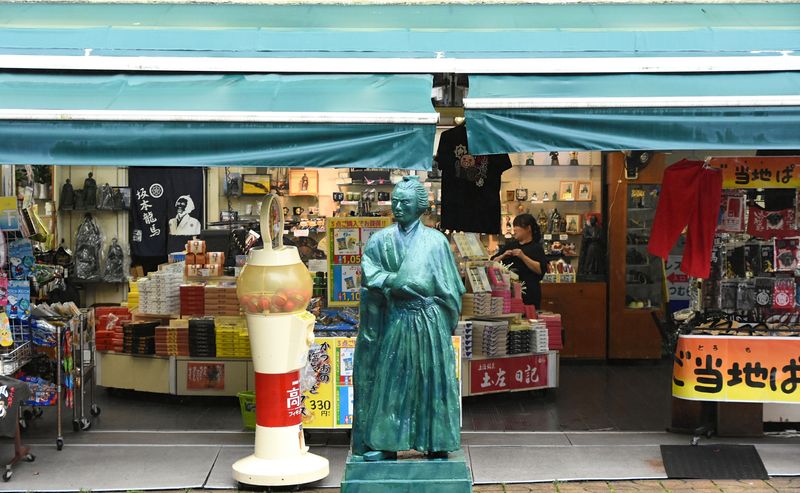
(Sakamoto Ryoma on guard outside a souvenir store in Katsurahama, Kochi)
The parking lot and bus stop at Katsurahama sits next to a collection of tatty souvenir stalls where you can buy just about anything with Ryoma's form printed on it. Including cans of beer, which turn out to be zero alcohol, and a disappointment. Sakamoto Ryoma -- key political reformer turned marketing tool and pop idol.
13:00 - 14:00, Mt. Godai (observatory) & Chikurin-ji Temple
The My-Yu tourist bus drops us in front of the white and red towers that send out signals to TVs across the city. Just across the road a path leads through a pleasant garden to the Mt. Godai observation platform.
The wind up here is welcome and the views west over downtown Kochi are impressive. We're the only people up here so it's nice to contemplate the city sprawl despite the presence of heavy clouds looming over the mountains, clouds that at this stage seems like a permanent Kochi fixture.

To the east we can see Chikurin-ji Temple's pagoda poking through the trees.
The Mt. Godai observation platform sits atop a cafe and bookstore / trinket shop but it's the views and the garden at the observation's base that we've come to enjoy. And besides, we've only given ourselves an hour up here and we want to tick off a temple on Shikoku's 88-temple pilgrimage.
Chikurin-ji Temple, stop No. 31 of this island's bucket-list Shikoku's 88-temple pilgrimage, is easily reached from the Mt. Godai observation platform by following the road south from the observation's bus stop.
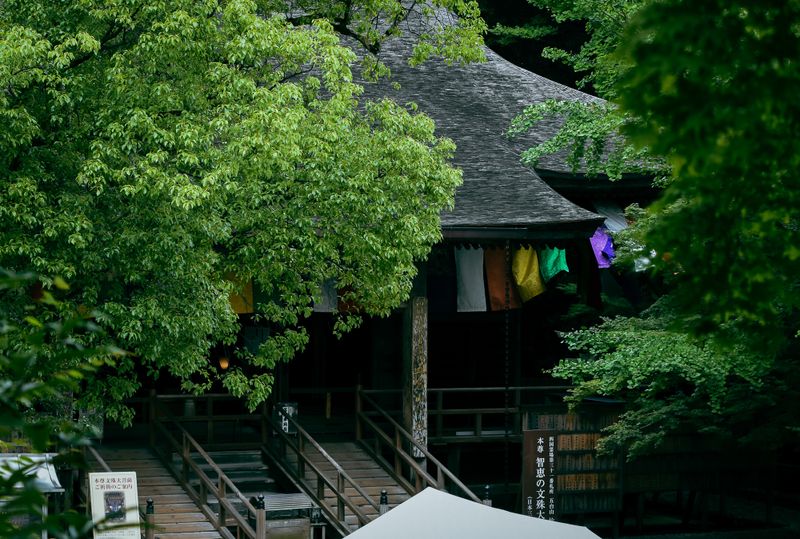
(Main hall of Chikurin-ji Temple, Kochi)
We enter the grounds from the west, probably the wrong way as the temple's impressive gate is located to the east. Nor do we feel like Japan's permanent wanderer Kobo Daishi, the object of affection which drives the hardcore around the 1,200-km circuit.
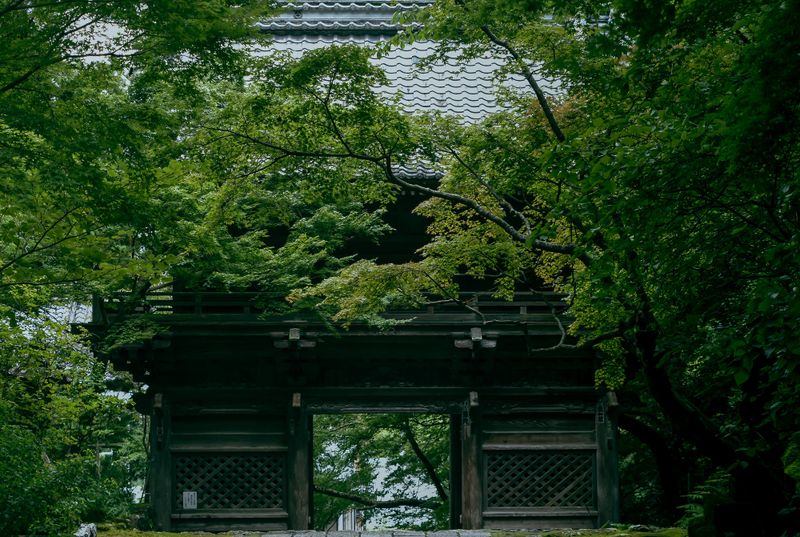
The "ohenro-san" are here though, of an elderly vintage, replete with their requisite walking sticks, pointed sedge hats and brilliant white coats (which, I have to say, don't look like they've traveled far, in fact, I think they got into cars after their temple visit).
It's our first, and probably last, stop on the pilgrimage but we feel pleased that Chikurin-ji Temple is the one. It's a beauty. The temple dates back to the 8th century and has a dense carpet of moss to prove it. In particular, the temple's Meguri no Mori is a brilliant carpet of ancient green draped between trees and tombs by the side of a peaceful (and contrastingly modern) mausoleum.
Chikurin-ji Temple's main hall is the oldest of the main structures having been built in 1644. The hall sits opposite a five-story pagoda that dominates the center of the grounds and it's in this area that the Shikoku pilgrims come to pay their respects.
It's all downhill from here though, well, down some stiff stone stairs, to the main pathway (more moss) which leads to the temple's heavy gate and Shoin complex, home to a treasure hall which commands a fee to enter.
At the main gate we join the small number of visitors (small despite it being a Sunday) pausing to take pictures of the walkway, the greens and the pagoda beyond.
Through the main gate and you come to the parking area for the Makino Botanical Gardens (at the entrance to which is a My-Yu bus stop), a tribute to the celebrated botanist Makino Tomitaro. It looks like a popular spot and is a featured stop on the My-Yu tourist bus route but observatory, temple, and gardens can't be done in an hour and besides, it's a Sunday, we're supposed to be taking it easy.
The details
Kochi City’s My-Yu Tourist Bus
You can pick up one or two day passes for the My-Yu tourist bus service from the Kochi Tourist Information Center just outside the southern exit of Kochi train station.
A one-day pass is 1,000 yen for adults, 500 yen for children. Two-day passes are 1,600 yen and 800 yen respectively. Foreigners should present a passport or gaijin card to get the pass for half price (at least this was the case during our visit.
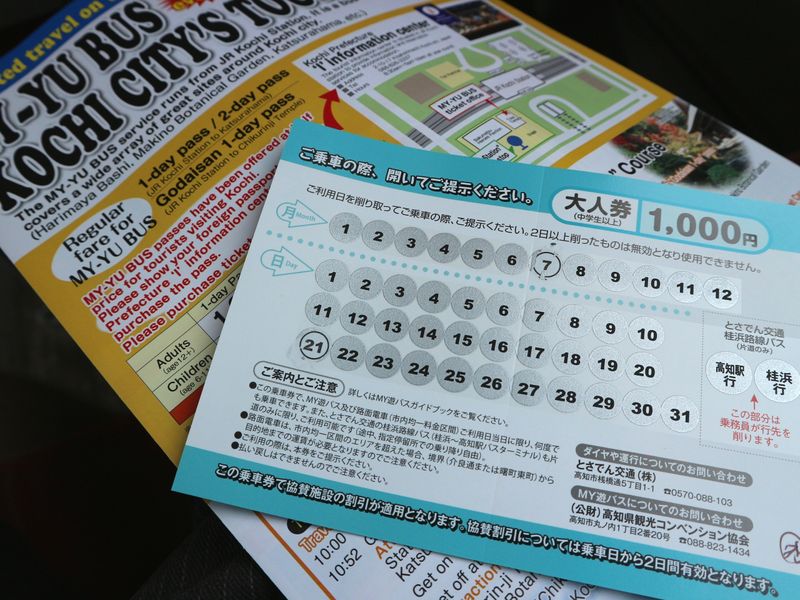
(1-day pass for Kochi City's My-Yu tourist bus service, scratch off the date of use)
My-Yu buses start from a stop around the side of the tourist information center make their way south, heading out of the city for stops that include Mt. Godai, Chikurin-ji Temple, Makino Botanical Garden, Sakamoto Ryoma Memorial Museum and Katsurahama, the final stop.
The journey from Kochi to Katsurahama takes around 50 minutes. Departures from Kochi start at 8:00 and are pretty much hourly until the final departure at 15:40.
Returning from Katsurahama, the final departure is at 17:00.
The interior of My-Yu buses is like that of a regular local bus. Screens inside display stop names in English and drivers pull over at every stop regardless if nobody is waiting to board or alight.
Possession of a My-Yu pass means discount for entrance to a number of attractions in Kochi.
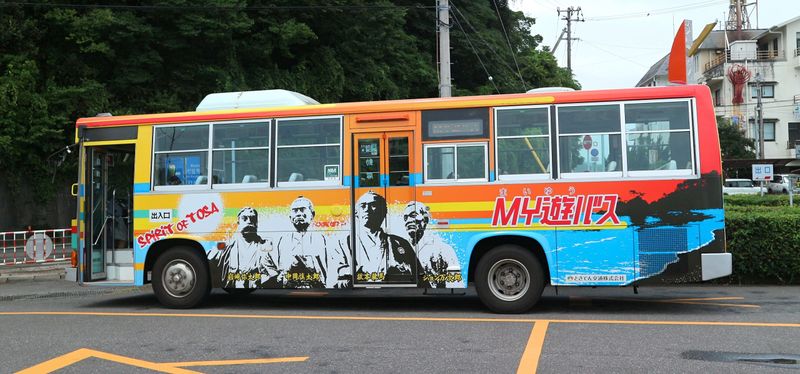
Kochi Nichiyouichi Sunday Market
Held every Sunday except New Year and during the Yosakoi Festival
April to Sept - open 5:00 to 18:00
Oct to March - 5:30 to 17:00
The market is held on Otesuji Avenue just west of Kochi Castle
The Sakamoto Ryoma Memorial Museum
Open year round from 9:00 - 17:00
Admission for adults (18 years and over) is 700 yen
Web: https://www.ryoma-kinenkan.jp/
Mt. Godai observation deck
Free entrance, would appear to be accessible at any time .
Chikurin-ji Temple
Open all year round between 8:30 to 17:00. Entrance to the treasure hall is 400 yen for adults.
Web: http://www.chikurinji.com/
For more about things to see and do in Kochi City, Shikoku
Museums in Kochi City, Shikoku: Celebrating region’s stellar cultural exports



0 Comments